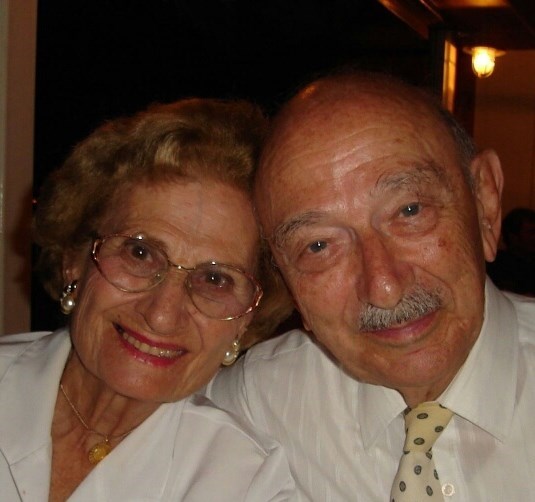
OBITUARY
Epaminondas George Stassinopoulos
17 January, 1921 – 16 May, 2022

Stassinopoulos was born in Bonn and grew up in Berlin, Germany; his grandfather Johann von Pascalides had emigrated to Germany from Constantinople in the 19th century, and had been knighted by Kaiser Wilhelm II for supplying the German Army with tobacco of the highest quality.
Stassinopoulos was a top student at Berlin’s Academische Gymnasium in 1935, when young Nazi footsoldiers (“Hitler Jugend”) assaulted him and his brother, and left them seriously injured. The family fled to Greece to escape Nazism, where, after the Axis occupation of Greece in 1941, Stassinopoulos served as a member of the Greek EKKA resistance movement.
Stassinopoulos’ study of law in Athens was temporarily interrupted when he was drafted to serve in the 1st Infantry Division during the Greek Civil War from 1946-1949, alongside US advisors under the Marshall Plan, one of whom sponsored his immigration to the USA in 1954. Rather than repeating his law studies in the States, Stassinopoulos was inspired by the pioneering space programs of the era to become a physicist, enrolling at American and Catholic Universities in Washington DC. To support his family, Stassinopoulos provided Greek and German broadcasts for Gus Savalas via the Voice of America and became Head Salesman at David Rothberg’s Central Liquors.
In 1961, Stassinopoulos joined NASA's Goddard Space Flight Center (GSFC) in Greenbelt, MD. As the Head of Goddard's Radiation Physics Office, Stassinopoulos worked on application-oriented research in magnetospheric physics, geomagnetism, solar-terrestrial relationships, natural and man-made radiation exposure, radiation effects on biological and electronic systems and components, and radiation environment modeling.
Stassinopoulos was the principal investigator in multiple original research projects for NASA, and he was the author or co-author of hundreds of papers and articles in peer-reviewed scientific, technical, and engineering journals and books in the field of space radiation. He was a co-founder of the Radiation Effects on Components and Systems (RADECS) organization in 1989 at the University of Montpellier 2, France. He micro-miniaturized two prototype space-qualified and pedigreed radiation monitors/dosimeters/spectrometers into a single pill-box-sized, hybrid instrument, a Pulse Height Analyzer (PHA) called the Miniature High-LET Radiation Spectrometer and was awarded a US in 2008 for his "Device system and method for a miniaturized radiation spectrometer." The instrument has been used for flight measurements on commercial jets, the Concorde, and the STS-95 Host Mission. Stassinopoulos' PHA instrument is currently on the NASA DSCOVR satellite which was launched in 2015. After 45 years of service to NASA, Stassinopoulos retired to Emeritus status and continued to study and analyze space radiation data from the PHA.
At 95 years of age, he co-authored a NASA Technical Report, "Forty-Year 'Drift' and Change of the South Atlantic Anomaly (SAA)", making him one of the oldest publishing research scientists and authors in NASA's history. During his career, he received numerous awards, including the IEEE Radiation Effects Award (2000); the APOLLO-XI Achievement Award; a Faculté des Sciences medal from the Academie de Montpellier, France; the NASA Exceptional Service Medal in 1992, and the GSFC "Award of Merit" in 1999.
Stassinopoulos married Eftichia "Effie" Pappaioannou, a philologist and archaeologist, in 1950, and was widowed in 2013 after 67 years together. They are survived by their daughter Yolanda and son-in-law Anastassios Chassiakos, and their three grandchildren, Anastasia, George (Tenzing), and Alexander.
Funeral services will be at the Saint Sophia Cathedral in Los Angeles on Wednesday May 25th, and Stassinopoulos will be laid to rest next to his beloved Effie on May 27th at the Parklawn Memorial Park in Rockville, Maryland.
May their memory be eternal.
Show your support
Add a Memory
Share Obituary
Get Reminders
Services
SHARE OBITUARYSHARE
- GET REMINDERS
v.1.18.0